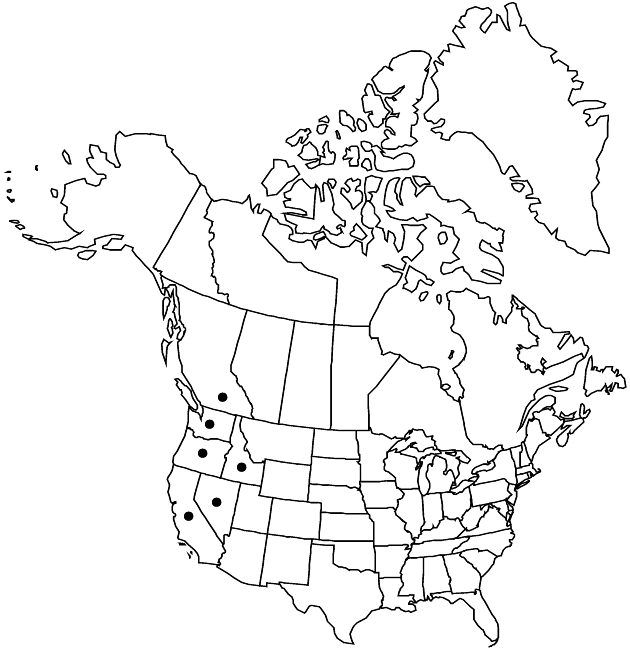Difference between revisions of "Ericameria bloomeri"
Contr. Gray Herb. 56: 36. 1918.
FNA>Volume Importer |
imported>Volume Importer |
||
| Line 8: | Line 8: | ||
}} | }} | ||
|common_names=Bloomer’s goldenbush | |common_names=Bloomer’s goldenbush | ||
| + | |special_status={{Treatment/ID/Special_status | ||
| + | |code=E | ||
| + | |label=Endemic | ||
| + | }} | ||
|basionyms={{Treatment/ID/Basionym | |basionyms={{Treatment/ID/Basionym | ||
|name=Haplopappus bloomeri | |name=Haplopappus bloomeri | ||
| Line 52: | Line 56: | ||
|publication title=Contr. Gray Herb. | |publication title=Contr. Gray Herb. | ||
|publication year=1918 | |publication year=1918 | ||
| − | |special status= | + | |special status=Endemic |
| − | |source xml=https:// | + | |source xml=https://bibilujan@bitbucket.org/aafc-mbb/fna-data-curation.git/src/bb6b7e3a7de7d3b7888a1ad48c7fd8f5c722d8d6/coarse_grained_fna_xml/V19-20-21/V20_79.xml |
|tribe=Asteraceae tribe Astereae | |tribe=Asteraceae tribe Astereae | ||
|genus=Ericameria | |genus=Ericameria | ||
Revision as of 20:52, 27 May 2020
Plants 20–90 cm. Stems green to reddish brown when young, branched, glabrous or sparsely hairy (sometimes tomentulose), often gland-dotted (sessile). Leaves ascending to spreading; blades filiform to narrowly oblong (adaxially flat to sulcate), 20–70 × 0.5–4 mm, midnerves evident abaxially, apices acute, sometimes mucronate, faces glabrous or sparsely hairy, often gland-dotted (sessile) and appearing pustular; axillary leaf fascicles sometimes present. Heads in (leafy) racemiform to narrowly paniculiform arrays (2–15 cm). Peduncles 3–15 mm (bracts usually 0). Involucres narrowly campanulate, 8–11 × 7–12 mm. Phyllaries 17–36 in 3–6 series, green to tan, ovate to linear-lanceolate, 3.5–11 × 0.8–2 mm, subequal, herbaceous or herbaceous-tipped, mid and inner chartaceous, midnerves evident at least on distal 1/2, (margins ciliate) apices acute to acuminate or cuspidate, abaxial faces glabrous or hairy, sometimes gland-dotted, resinous. Ray florets 0–5; laminae elliptic, 8–12 × 1.5–3 mm. Disc florets 4–14; corollas 7–11 mm. Cypselae tan to reddish brown, narrowly elliptic, 6–10 mm, glabrous or apically villous; pappi tan to reddish brown, 6–9 mm. 2n = 18.
Phenology: Flowering summer–fall.
Habitat: Sandy or rocky soils, openings in coniferous woods, Arid Transition and Canadian zones
Elevation: 1000–3000 m
Distribution

B.C., Calif., Idaho, Nev., Oreg., Wash.
Discussion
Ericameria bloomeri is apparently extirpated in British Columbia. It is widespread, relatively common, and variable. The significance of infraspecific taxa named by H. M. Hall (1928) is largely unexplored.
Selected References
None.